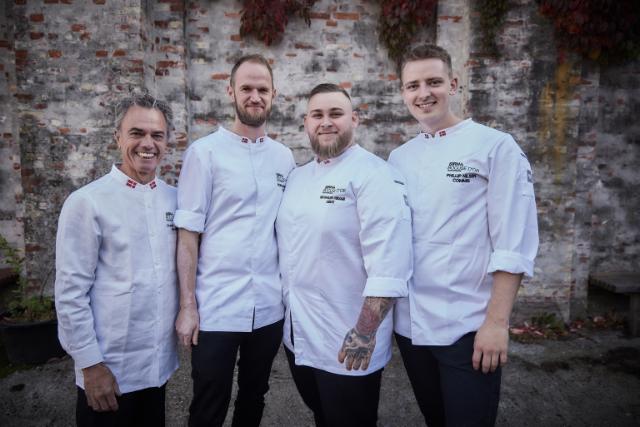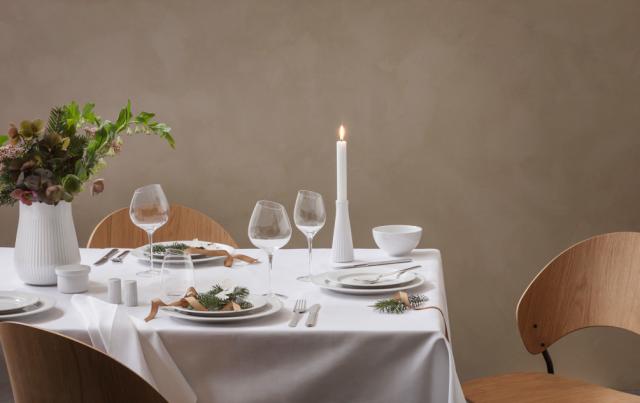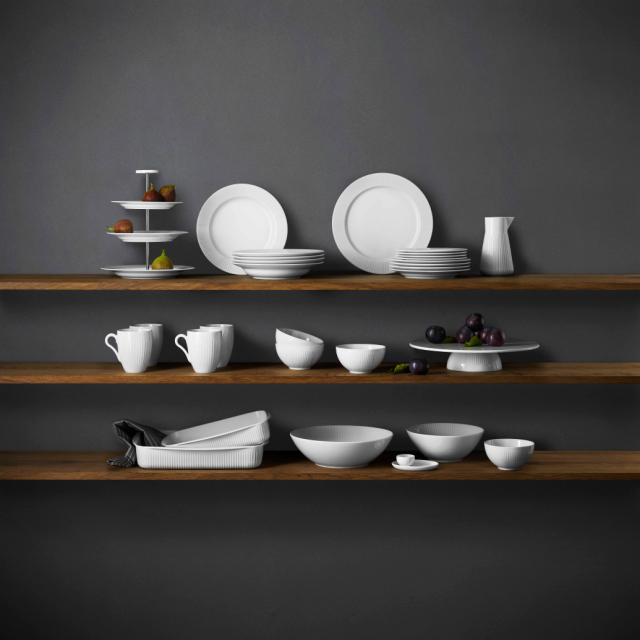How did Denmark go from old-fashioned comfort food to Michelin-starred cuisine?

The Danish cuisine scene is enjoying international acclaim. But that wasn’t always so. In this exclusive guide, we invite you on an odyssey through Denmark’s gastronomy evolution, offering a detailed guide to the nation’s Michelin restaurants.
Not so many years ago, Danish cuisine was limited to traditional (stodgy) fare like creamed curly kale, frikadeller meat patties or open smørrebrød sandwiches and 21-cake buffets. Haute Cuisine was the preserve of France, and chefs were cooks relegated to gloomy basements.
But within the past three decades this small Scandinavian nation has evolved from being a fine-dining desert to become a leading epicurean destination boasting Michelin-star restaurants and Bocuse d’Or-winning culinary arts attracting food lovers worldwide.
So how did Danish dining culture evolve from traditional fare to world-famous Haute Cuisine?
And how can a hungry foodie or gourmand best navigate Denmark’s culinary landscape?
In our detailed guide, “The gastronomic map of Denmark: a guide to the nation’s finest dining establishments and a retrospective on the evolution of Danish restaurant culture”, we will be taking you on an insightful odyssey through the history of Danish gastronomy and the radical transformation undergone by the country’s culinary scene.
As part of the guide, we also offer a detailed tour of Denmark’s Michelin-starred etablishments. We go back to the first stars awarded in 1983, continuing through to 2023 when Denmark can boast of 45 stars across 32 restaurants.
GET THE GASTRONOMIC MAP OF DENMARK HERE
✔ 14 page journey through the evolution of Danish gastronomy
✔ A guide to the nation’s finest Michelin restaurants
✔ A detailed tour of danish cuisine scene
.jpg&width=640&format=webp)
.jpg&width=640&format=webp)
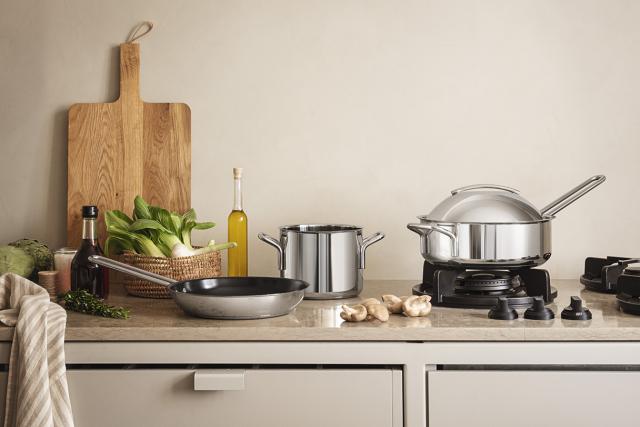
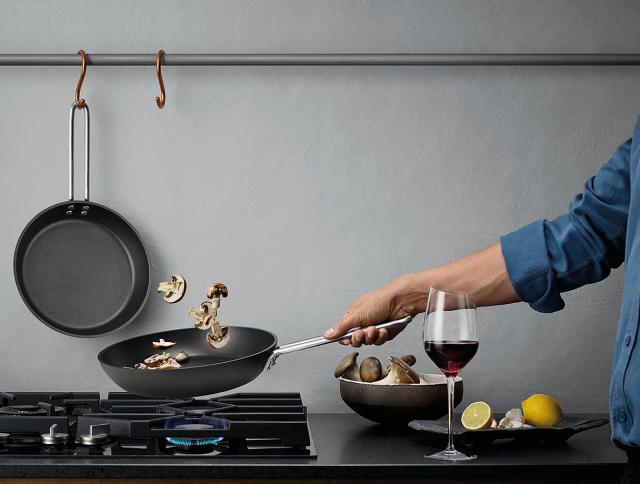
.jpg&width=640&format=webp)

